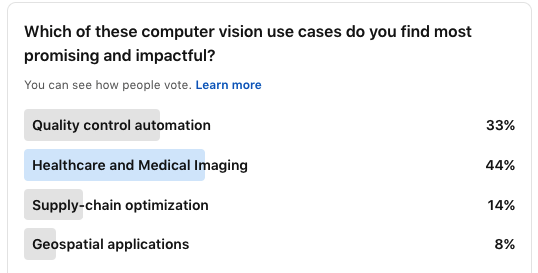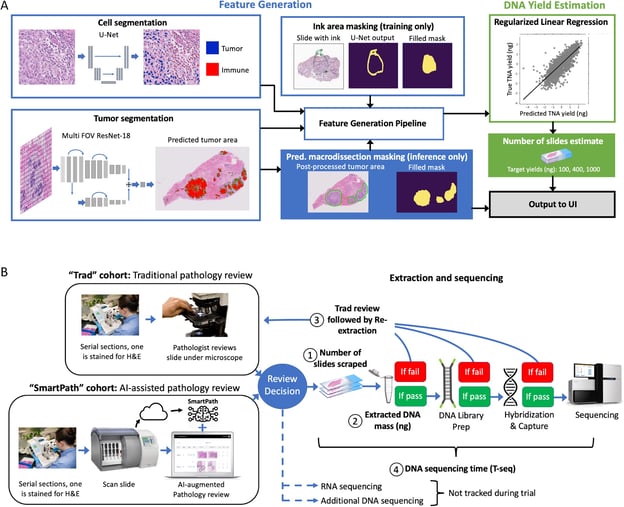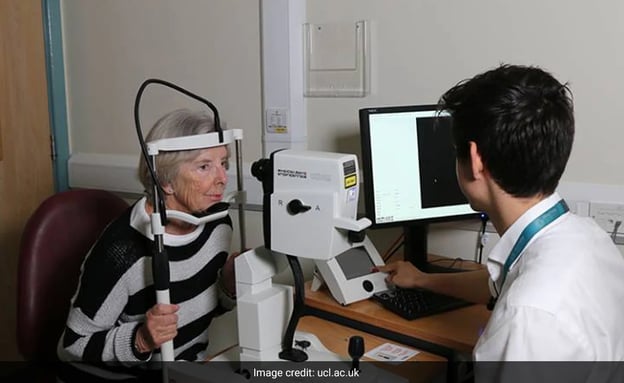Unlocking the Power of AI in Healthcare: Expert Insights on Game-Changing Computer Vision Applications
AI Tips Sep 13, 2023 12:00:00 AM Ivan Draganov 4 min read

Introduction
Last week, I conducted a comprehensive survey on LinkedIn, spanning over 3,000 individuals, to gauge their perspectives on the most promising and impactful computer vision use cases. Among the array of potential applications, it was particularly fascinating to note that Healthcare and Medical Imaging emerged as the clear frontrunners, with an impressive 36% of respondents expressing their enthusiasm for this domain.
Given the significance of this trend, I felt compelled to delve deeper into the subject matter. To provide a more nuanced understanding and insight, I reached out to a select group of experts from our extensive AI Expert network, comprising over 300 accomplished individuals. These experts are at the forefront of cutting-edge AI research and development, making them exceptionally well-positioned to identify and elucidate the use cases that are currently top of mind in the field of computer vision.
As Bassam Khalifa, Director of AI at Lyrise, aptly puts it, "Artificial intelligence has had an amazing impact on the healthcare industry. It has helped different medical departments to excel in their processes and ensure quick and safe diagnostics for the patients. From pathological examinations to Radiology or even during surgeries."
In the following sections, I am delighted to share the collective wisdom and insights of these esteemed experts as they shed light on the most compelling and impactful computer vision applications within the realm of Healthcare and Medical Imaging.
Concept 1: AI-Enhanced Pathology Image Analysis

Concept Overview:
Create an AI system that employs computer vision algorithms to analyze pathology slides and medical images, such as histopathology slides or dermatology images. The AI system can assist pathologists in identifying and diagnosing diseases, potentially detecting abnormalities more accurately and rapidly.
Return on Investment (ROI):
Faster Diagnosis: Reduced turnaround time for pathology reports.
Enhanced Accuracy: Reduced human error and misdiagnosis.
Cost Savings: Improved resource utilization and fewer retests.
Business Impact:
Improved Patient Outcomes: Timely and accurate diagnoses improve treatment outcomes.
Reduced Workload: Pathologists can focus on complex cases.
Attractiveness to Healthcare Facilities: Enhanced diagnostic capabilities can attract patients.
Who Can Benefit:
Pathologists and Diagnostic Laboratories.
Hospitals and Healthcare Providers.
Patients.
AI Talent Required:
Computer Vision Engineers.
Medical Imaging Experts.
Pathologists for domain expertise.
Good read on the topic: “Digital Pathology and Artificial Intelligence”
Concept 2: AI-Driven Early Detection of Retinal Diseases

Concept Overview:
Develop an AI system that utilizes computer vision to analyze retinal images captured through fundus photography. The system can identify early signs of retinal diseases such as diabetic retinopathy and age-related macular degeneration, enabling early intervention and prevention.
Return on Investment (ROI):
Early Intervention: Prevent vision loss by detecting diseases in their early stages.
Reduced Healthcare Costs: Lower treatment costs for advanced diseases.
Improved Patient Quality of Life: Preserve vision and independence.
Business Impact:
Enhanced Patient Care: Early detection and timely treatment improve patient outcomes.
Healthcare Efficiency: Reduced demand on ophthalmologists for routine screenings.
Differentiation: Healthcare facilities offering advanced screening attract patients.
Who Can Benefit:
Ophthalmologists and Eye Clinics.
Hospitals and Healthcare Providers.
Patients with eye conditions.
AI Talent Required:
Computer Vision Engineers.
Ophthalmologists for clinical guidance.
Good read: “Artificial intelligence in retinal disease: clinical application, challenges, and future directions”
Concept 3: AI-Enhanced Surgical Assistance

Concept Overview:
Develop an AI system that integrates computer vision to assist surgeons during procedures. The system can provide real-time feedback, highlight critical structures, and suggest optimal surgical paths, enhancing precision and reducing the risk of errors.
Return on Investment (ROI):
Reduced Complications: Lower rates of surgical complications and revisions.
Improved Surgical Efficiency: Shorter procedure times.
Increased Patient Safety: Minimized risks during complex surgeries.
Business Impact:
Enhanced Reputation: Facilities known for advanced surgical technology attract patients.
Risk Mitigation: Lower liability due to reduced surgical errors.
Cost Efficiency: Reduced surgical complications lead to lower costs.
Who Can Benefit:
Surgeons and Surgical Teams.
Hospitals and Healthcare Providers.
Patients undergoing surgical procedures.
AI Talent Required:
Computer Vision and Robotics Engineers.
Surgeons for domain knowledge.
In a recent conversation, Michael StaTtelman, CTO at Falcons.AI, highlighted the profound words of Nick Bostrom from his work, "Astronomical Waste." Sttatelman quoted, "On accelerating technological development. The payoff from even a very slight success in this endeavor is so enormous that it dwarfs that of almost any other activity." These words resonate powerfully, particularly in the realm of healthcare. As Sttatelman wisely noted, "This being Healthcare for without our health, what really do we have."
This insightful perspective underscores the critical importance of advancing technology, particularly in healthcare, where the dividends of progress are immeasurable. It serves as a poignant reminder of the value of our well-being in the ever-evolving landscape of innovation.
If you're in the healthcare industry, consider exploring partnerships with AI talent to harness the potential of AI-driven early detection and surgical assistance solutions for improved patient care. Book a meeting now!